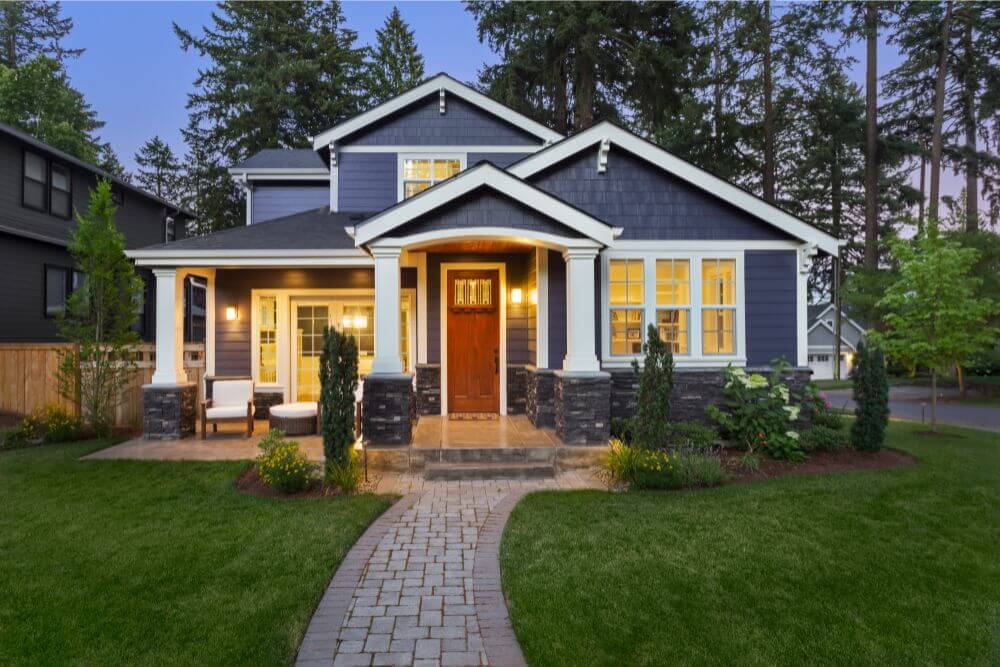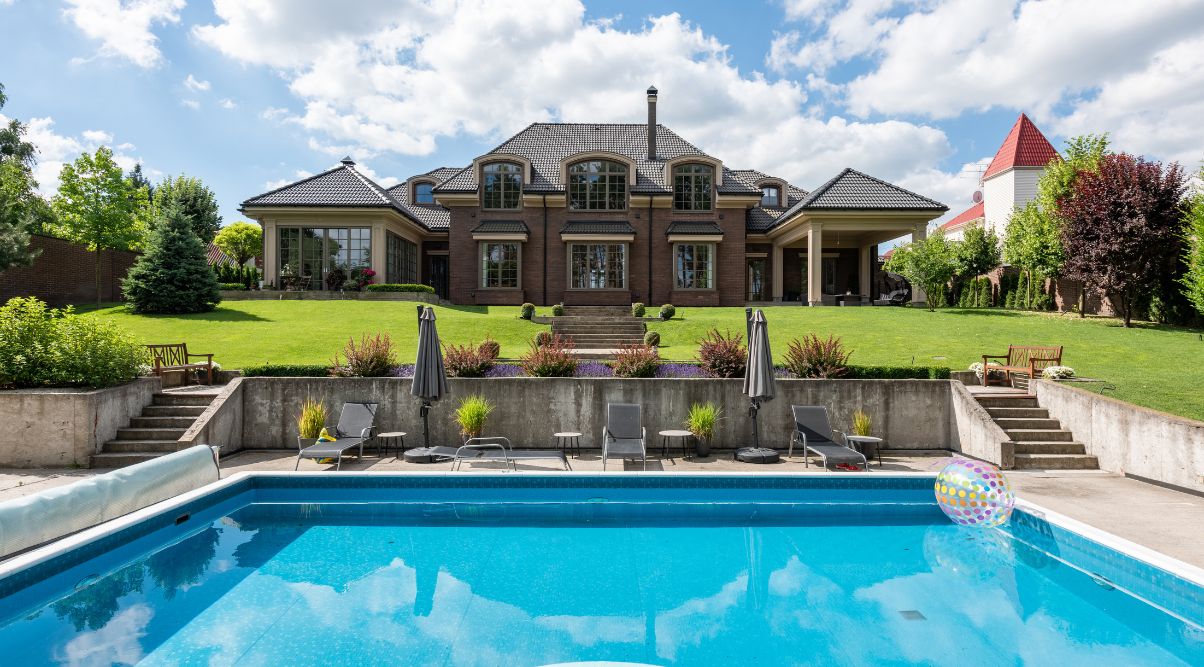Your house is more than just a structure; it’s your sanctuary, your haven, and a reflection of your personal style. Transforming a house into a home involves creating a space that is comfortable, functional, and visually appealing. If you’re looking to embark on a home improvement journey, this guide will provide you with effective strategies to turn your house into a warm and inviting home.
- Assess Your Needs and Prioritize: Before diving into any home improvement project, take the time to assess your needs and prioritize the areas that require attention. Identify the aspects of your home that are not meeting your current lifestyle or aesthetic preferences. Whether it’s a cramped kitchen, outdated bathroom, or lack of storage space, understanding your priorities will help you allocate your time and resources effectively.
- Plan and Research: A well-executed home improvement project begins with careful planning and thorough research. Consider consulting design magazines, online resources, and seeking inspiration from interior design platforms to gather ideas and explore different styles. Create a detailed plan that outlines your goals, budget, and timeline. This will serve as your roadmap throughout the improvement process.
- Enhance Functionality: One of the key elements of transforming a house into a home is ensuring that it meets your functional needs. Evaluate each room and determine how it can be optimized for everyday use. For example, consider adding built-in storage solutions to declutter and maximize space, or incorporate smart home technology to streamline daily tasks.
- Create a Cohesive Design: A cohesive design creates a sense of harmony and unity throughout your home. Choose a color palette that complements your personal style and flows seamlessly from room to room. Consider the overall ambiance you want to create – whether it’s a cozy and rustic feel or a sleek and contemporary look. Incorporate elements such as lighting, furniture, and accessories that align with your chosen design aesthetic.
- Focus on Curb Appeal: Don’t forget that the exterior of your home plays a crucial role in creating a welcoming atmosphere. Enhance your curb appeal by maintaining a well-manicured lawn, adding potted plants or flowers, and updating exterior features such as the front door or windows. A visually appealing exterior will set the tone for the rest of your home.
- Invest in Quality Materials: When it comes to home improvement projects, investing in quality materials can make a significant difference in the long run. Opt for durable and high-quality materials that not only enhance the aesthetic appeal of your home but also increase its value and longevity. From flooring and countertops to fixtures and appliances, prioritize quality to ensure your improvements withstand the test of time.
- Seek Professional Help: While many home improvement projects can be tackled as do-it-yourself endeavors, some may require professional assistance. For complex renovations or installations, consider hiring reputable contractors or interior designers who can provide expertise and ensure the project is executed flawlessly.
- Add Personal Touches: Finally, infuse your personality into your home by adding personal touches that reflect your interests and experiences. Display artwork, photographs, or cherished mementos that hold sentimental value. Incorporate elements that showcase your hobbies or passions, such as a reading nook or a dedicated space for your favorite hobby.
Transforming a house into a home is an ongoing process that requires time, effort, and creativity. By following these effective strategies, you can create a space that not only meets your practical needs but also brings you joy and comfort every time you step through the door. Remember, a home is a reflection of those who inhabit it, so let your unique style and personality shine through.











